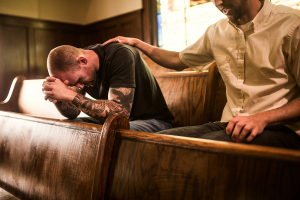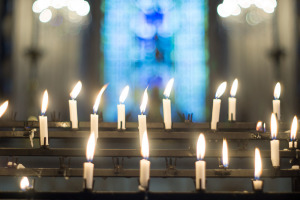Can we be like the ‘Boys in the Boat’?

The winter wind can be bone-chilling at Ediz Hook, a 3-mile-long sand spit, along the waterfront of Port Angeles, Washington. I wore a heavy coat and scarf. I had agreed to meet John Halberg — a local rowing enthusiast at the aged boathouse that was part of his vision for the future. We both shared a mission to help youth.
In a financially strapped region still emerging from its former logging days, there were plenty of youth needing hope and direction.
John found the key in his coat pocket and opened the broad doors that revealed shiny kayak-like boats. This was my first glimpse into the world of rowing. John had been a University of Washington crew member before I was born. He then coached college teams. He knew the discipline required and the intensity of competition. Now he saw it as an opportunity for rural kids too.
But like most things, it came with a cost. Hence our meeting. We talked about potential grants and fundraising efforts. The boathouse required repairs, and new boats (or shells as they are more accurately called) were needed.
As he locked the double doors of the old building, he turned towards me and said, “Have you read the Boys in the Boat?”
I hadn’t.
“If you read it, you’ll understand the potential.”
So, in 2013, I read Daniel James Brown's real-life story, “Boys in the Boat,” about a group of college men in 1936 — each desperate and determined to make their way during a hard time in our nation’s history. No one thought the junior varsity underdogs could win. But their coach saw their tenacity and believed in them. He helped those boys believe in themselves. Then they made history by pulling together to accomplish what seemed impossible. It’s a powerfully inspiring story. Joe Rantz, one of the desperately poor boys in the boat, had lived just 15 miles from where John and I had talked.
Now George Clooney has produced the movie from this New York Times bestseller. People are being inspired by this phenomenal story of these struggling boys learning to pull together to win. It couldn’t come at a better time in our divided nation’s history.
Can we like the “Boys in the Boat”?
Yes. Let’s take the idea of pulling together beyond sports. For instance, this next year, there is a church organizing volunteers who will drive people to and from work — linking together those who have cars with those trying to get a new start in life. Pulling together.
Another church collects work clothes and gives them to those who don’t have resources right now. Pulling together.
Others are coaching youth, while others mentor students needing guidance.
Some grow food to give away, and others glean fields and orchards to fill food pantries.
Yes, in every place there are those hard at work in jobs, raising families, volunteering, and pulling together in their communities.
Even though “Boys in the Boat” is a secular film, the message to those who serve Christ is a challenge to see how we can be part of the solution, part of God’s team that can help others, and part of making a difference right where He has placed us.
As the coach in the “Boys in the Boat” told them before heading out to compete for the Olympic Gold, “Row for your country, row for each other.” They had learned to pull together.
So can we.
Karen Farris saw the need to help underserved kids while serving in a youth ministry that gave her the opportunity to visit rural schools on the Olympic Peninsula. She now volunteers her time grant writing to bring resources to kids in need. She also shares stories of faith in action for those needing a dose of hope on her weekly blog, Friday Tidings.www.fridaytidings.com




























